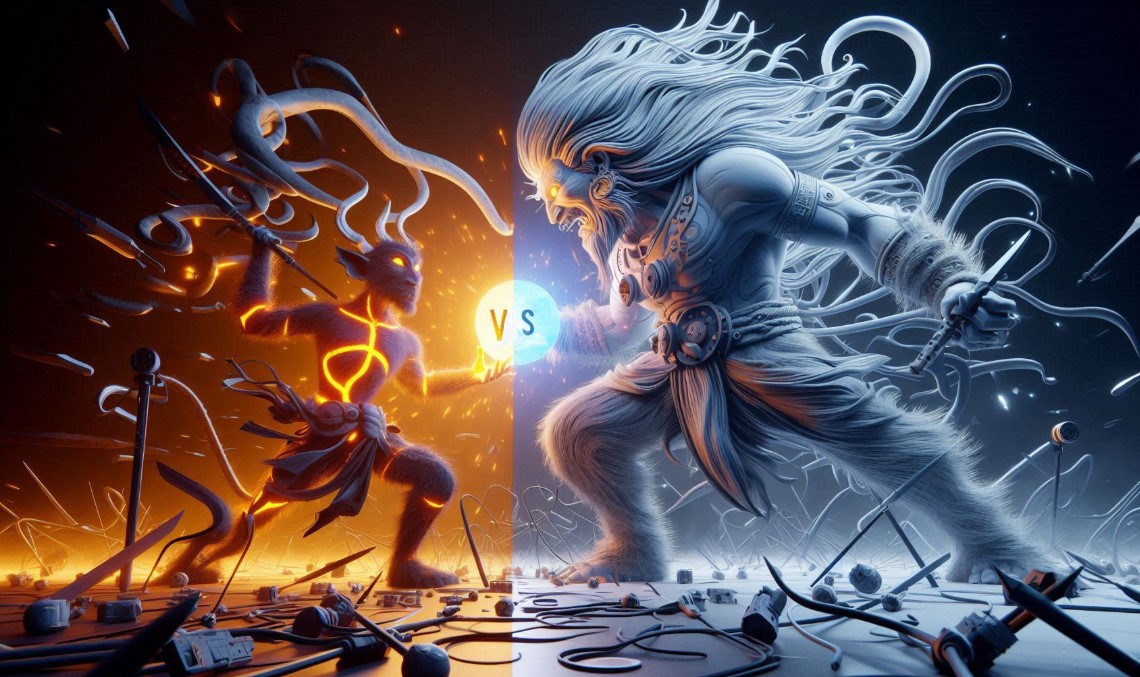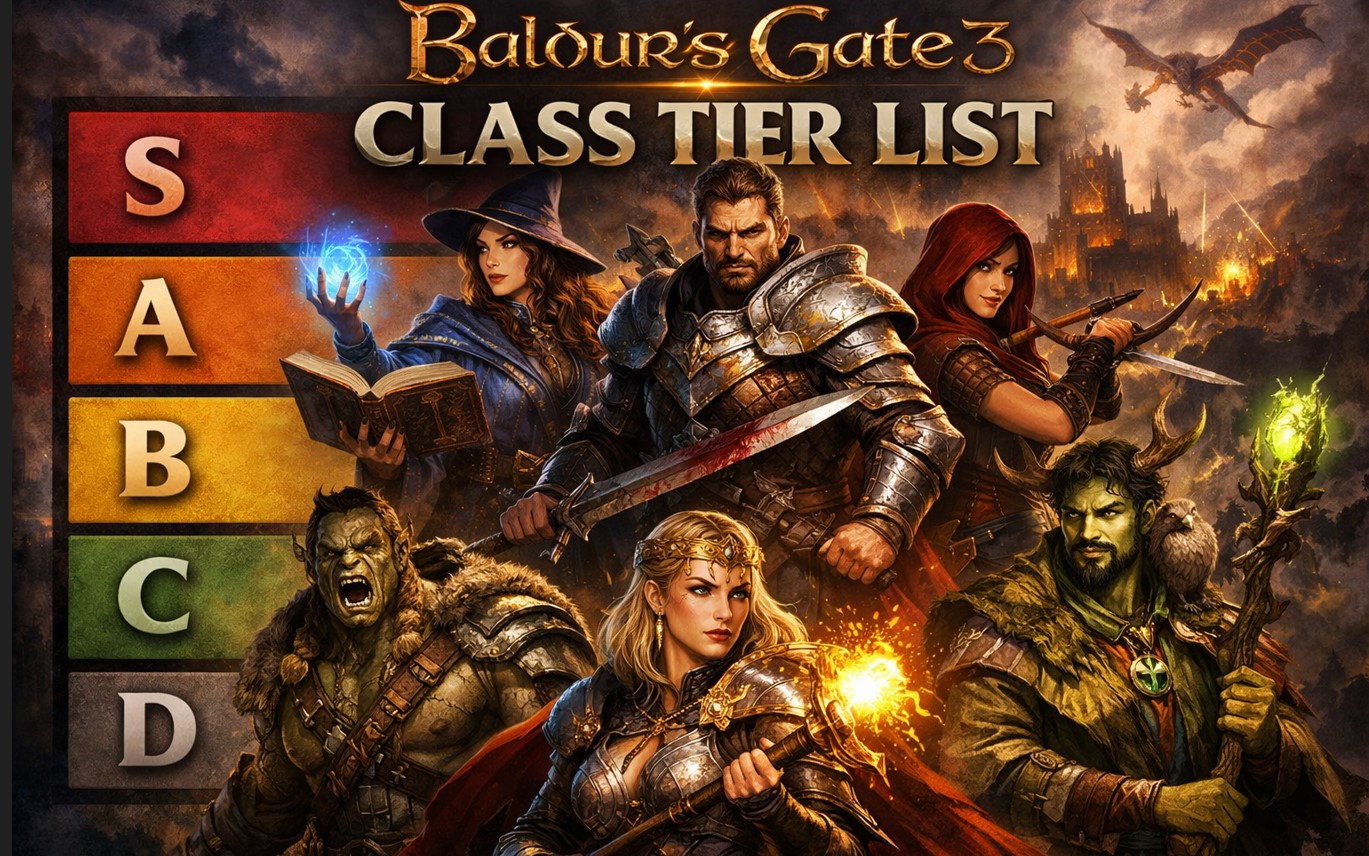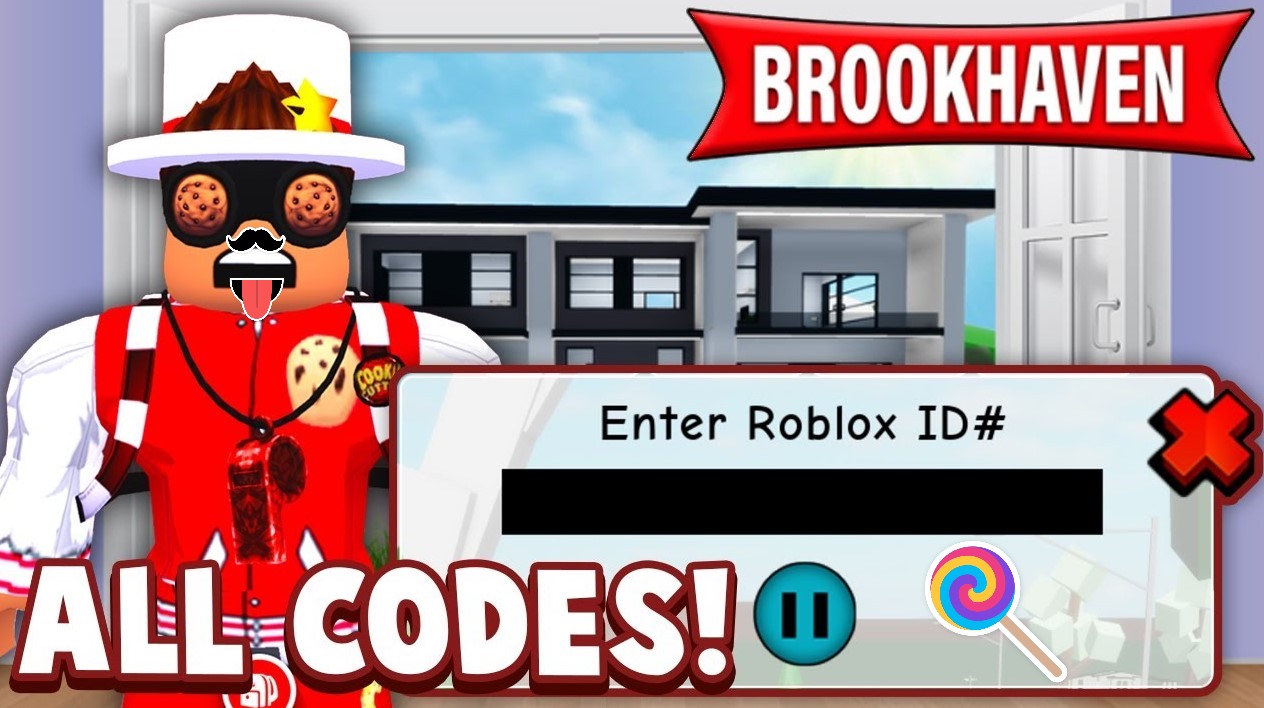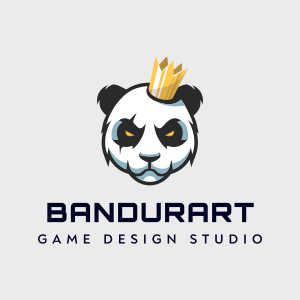Why Do You Have to Choose between Maya vs Blender?
The BandurArt team is a friendly community of many experts in game development, including 3D animators. They are skilled specialists who use different 3D animation software for creating top-grade animation used in video games and related niches. Many aspiring developers ask us: “Maya vs Blender – which is better in 2024?” So, we decided to create a detailed comparison guide of these two popular software options for 3D animators.
So, Maya 3D vs Blender 3D. The most popular tools for 3D animators all over the world. Both have huge communities and adepts, amazing features and are used by pros all over the world. But here’s where it gets tricky. They serve different needs – what works for one project might just not work for another.
Blender is open-source and free. That is why it’s just so right for novices, indie developers, and small studios. Maya, on the other hand, is the industry standard. Major studios behind blockbuster games and 3D animation movies use it for a reason, but it comes with a huge price tag.
So, why would you have to choose? Well, the proper tool can make or break your project. While Maya dominates with high-end animations and big projects, Blender can be ideal for small, creative projects. Knowing what software fits your goals, budget, and expertise will save you so much time, money, and headaches.

When comparing Maya vs Blender, it is less about which is the better software, and more about which one suits you.
What is Blender – Features, Pros, Cons, Examples
Blender is an open-source 3D animation software that many professionals, indie developers, and hobbyists use. It covers everything that a 3D animator needs – modeling, rigging, texturing, rendering, and the animation itself. It is a great multifunctional 3D animation tool for many operating systems such as Windows, macOS, and Linux.
Blender’s most significant advantage is its open-source and free-of-charge policy. There is no need to spend even one cent to get a powerful toolset. And at the same, it is fully competitive with paid software. That is especially popular among small studios and freelance artists seeking professional-grade tools without the cost barrier. Blender has turned out to be the fan-favorite for those 3D animators who are just getting started with game development or animation.
However, Blender isn’t just for absolute beginners. Advanced users can leverage its Python-based scripting system to create their tools and allow the software to be as advanced as one desires. The most recent updates in 2024 make Blender a very powerful 3D animation platform, with real-time rendering improvements, dynamic sculpting tools, and a growing library of add-ons and community-created assets. All these functions are challenging to learn but if you master these tools you will become a professional 3D animator.
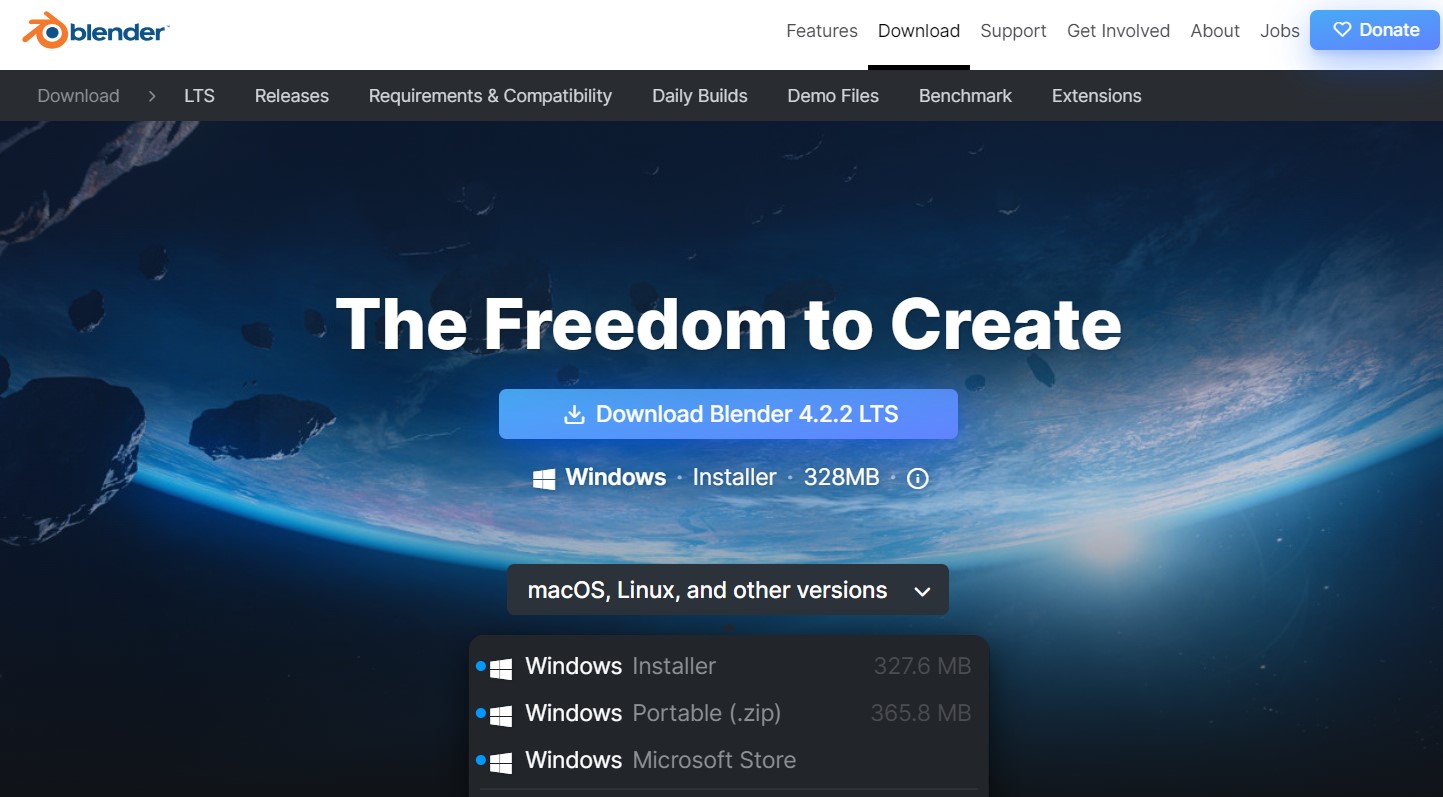
Main features:
- Real-time Rendering. Immediate, quick feedback is possible in Blender through an engine called Eevee during the rendering process. Ideal for rapid iterations;
- Sculpting Tools. Blender’s ability for sculpting lets users create highly detailed characters and environments, bringing your idea to reality with much more ease;
- Animation and Rigging. Blender has tools for inverse kinematics, drivers, and shape keys that make the rigging and animation of characters easier;
- Grease Pencil. It is an offbeat feature that lets one create 2D animations in a 3D environment. Users have more options for motion graphics or hand-drawn looks;
- Python Support. Create the tools or workflows based on this programming language with Blender’s Python integration;
Pros:
- Free and open-source, no hidden fees;
- Can cope with a broad range of 3D tasks;
- Well-supported by a community full of enthusiasts;
- Regular updates;
- Lightweight with relatively low system requirements;
- Can be customized via Python scripts for the better UI and functions;
Cons:
- Not in demand among large game dev studios;
- The interface is worse compared to Maya;
- Can have issues and bugs when working on complex projects;
- Hard to learn for beginners;
Game Examples
Blender is mostly used to develop indie game projects. Check the visually stunning title “Sintel: The Game” which looks more like an animated short film than a game. Also, “Yo Frankie!” is an open-world platformer created by the Blender Institute itself. These projects are basically testaments to the full-scale game development that Blender can handle.
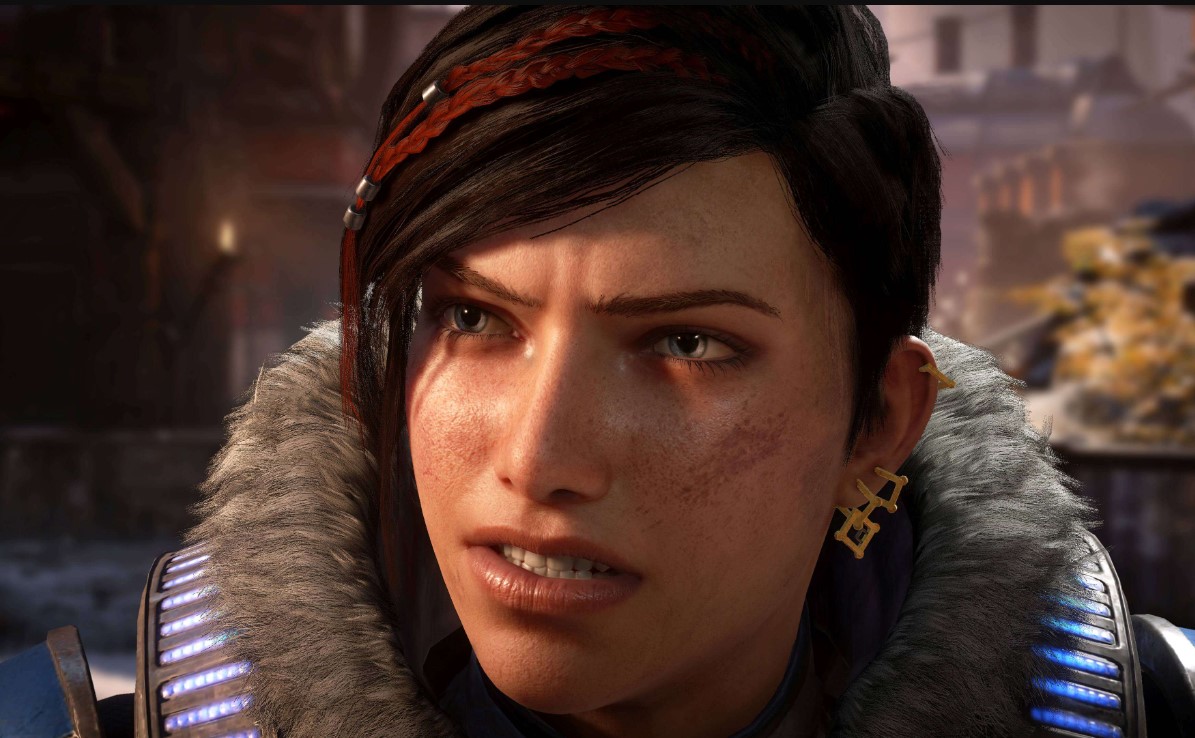
What is Maya – Features, Pros, Cons, Examples
3DS Maya by Autodesk is one of the most powerful 3D animation and modeling programs. Just like this. Well-known for its advanced professional toolset, Maya is the most popular software solution for major studios working on 3D animations for blockbuster films, AAA games, and high-end visual effects. It’s an extensive platform used for everything from the creation and animation of characters to complex simulations of things like hair, fluids, and cloth dynamics.
Compared to Blender, Maya is not free. Being a premium tool, it is quite expensive, but you pay for the industry standard. If you seriously want to pursue a career in 3D animation or game development, then learning Maya will indeed give you a big career advantage since this skill is in demand right now. With more specialized features and tools, Maya is perfect for large-scale productions and complex animations. Powerful and precise, Maya was used for creating movies like “Avatar” and games like “God of War”.
One of Maya’s strongest features is its highly customizable interface. Users can build a workflow to suit exactly what they need. The learning curve for this is pretty steep, but for professional developers, this software can be easier than for a total beginner. Maya supports a broad range of file formats and integrates well with other Autodesk products like 3DS Max. It is a professional software in many studios’ pipelines.

Major Features:
- Advanced Animation Tools. Maya has a set of advanced tools including inverse kinematics, motion capture handling, and animation layering. Ideal for complex character and creature animation;
- Simulation Tools. Maya offers a powerful simulation engine that shows realistic effects in fluids, clothing, and hair, hence becoming the go-to tool for high-end VFX;
- Rigging and Sculpting. The rigging tools in Maya are amongst the best – from detailed skeletons to elaborate controllers for 3D characters;
- Arnold Renderer. The native support for the Arnold render engine offers high-quality rendering with complex lighting and shading;
- Scripting Support. Maya supports the MEL-Maya Embedded Language and Python scripting integration so you can build custom tools and automate workflows;
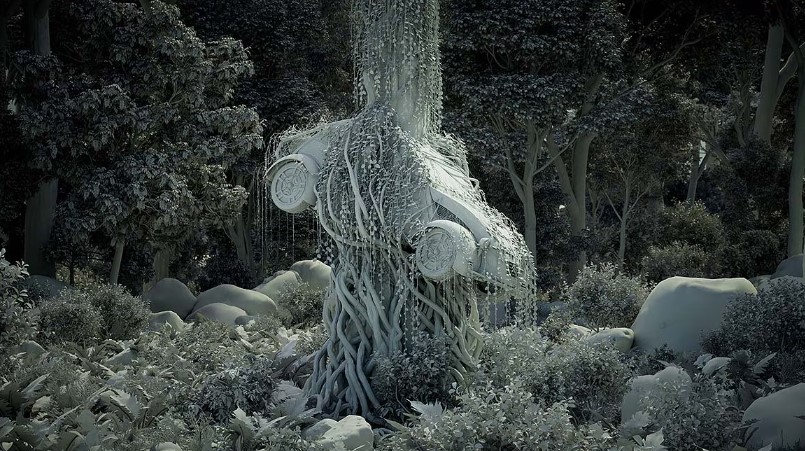
Pros:
- The game industry’s standard;
- Top-tier production;
- Professional tools;
- Compatibility with other Autodesk tools;
- Supports a wide range of file formats;
- Customizable workspace;
Cons:
- Very expensive subscription policy;
- Demands high system requirements;
- Hard to learn;
- Not beginner-friendly;
- Slower rendering when comparing Autodesk Maya vs Blender;
Game Examples
Surely, if you compare Blender vs Maya from the point of game examples, Maya will easily win. There are so many projects made with this commercial software for 3D animation. The Maya-based portfolio includes such game titles as “God of War” (2018), where Maya’s powerful animation tools helped create stunning combat mechanics and character interactions.
Similarly, the Xbox-exclusive “Gears of War” series relied on Maya for dynamic character rigging and animation. While Blizzard’s “Overwatch” is based on Maya’s rigging and animation features for highly expressive characters. Maya has left an indelible mark on the gaming industry, that’s for sure.
If these examples are not enough, then check our guide dedicated to the best 3D animation examples in the video game industry.
Maya vs Blender – Main Differences
The choice is tough as both Maya and Blender are equally powerful when it comes to 3D tools. In general, both have pros and cons. Probably, your needs, experience level, and budget are the things to consider when comparing Maya vs Blender.
User Interface
Maya’s user interface is highly customizable and designed for larger productions, but it can show you all the tools by default. Everything will be somewhat intuitive once you catch on using 3D software. The layout is clean, and for an advanced user, it is pretty easy to customize the workspace according to one’s workflow. On the other hand, it has a quite steep learning curve. If you’re starting off with 3D software, then you might find Maya quite overwhelming at first.

Blender’s interface is a bit more minimalistic and it really takes some time to get used to it. It heavily relies on keyboard shortcuts. As for Blender, the interface is really customizable as well, and with each new update, it seems to be easier. However, Maya has a fantastic, polished, and organized layout when it comes to bigger projects.
Modeling
When you compare Maya vs Blender modeling features, you will see that both of them can perfectly handle 3D modeling. Maya has an industry-standard, advanced set of tools for modeling, making it the darling of most professional 3D modelers. Especially when it comes to film and gaming. Detailed, high-quality models tend to be built with much ease and speed in Maya due to its streamlined toolset. The precision of Maya in modeling highly complicated characters and environments makes it a go-to in the professional circle that requires just the best of results.

Blender also has powers in modeling, though it requires more plugins and addons to match Maya’s efficiency. But flexibility and non-destructive modifiers give Blender a leg up over certain workflows, especially in cases concerning indie developers and hobbyists. For pure modeling purposes, Maya is still ahead in terms of speed and accuracy, but Blender is great too, especially where small and personal projects.
Rigging
Rigging forms an essential part of animation, and Maya is definitely leading the way. Advanced rigging tools feature in Maya for very precise and nuanced character animation. Its HumanIK system makes setting up skeletons for bipeds and quadrupeds very easy. Highly customizable, the tools of the Maya’s space will handle complex rigs with ease.
If you compare the rigging possibilities of Blender vs Autodesk Maya, then Blender’s rigging is not that polished. Blender has the Rigify add-on that makes quick and easy rig generation possible, but for truly complex rigs, Maya still holds the title. Blender’s rigging system is in constant development and for most indie projects, the application will be more than sufficient.
Demand and Popularity
Maya is reputed to be the industry standard. It’s used by major studios like Pixar, Ubisoft, and Naughty Dog for a reason. If you are looking to work in a top studio, Maya is the software you need to know. Its popularity in movies, animation, and AAA games makes it the go-to for large-scale productions. While learning Maya is an investment, it’s usually an essential tool in the making of any entertainment career.
In recent years, however, Blender has been catching up. Because it’s community-driven, development on Blender never actually stops. Blender is still very popular with freelancers and small teams because of its ease of access and versatility.
Animation
Maya is the “king” when it comes to complex character animations and VFX. Its set of tools can smoothly handle motion capture with layering of animation and highly developed possibilities of movement control. The learning curve is steep, but the results you can achieve with Maya’s animation tools are unmatched, especially in large productions.
Blender, though a little behind Maya in 3D animation, has taken huge steps forward in recent years. Blender’s Dope Sheet and Graph Editor are really intuitive, offering impressive control over keyframes and motion.
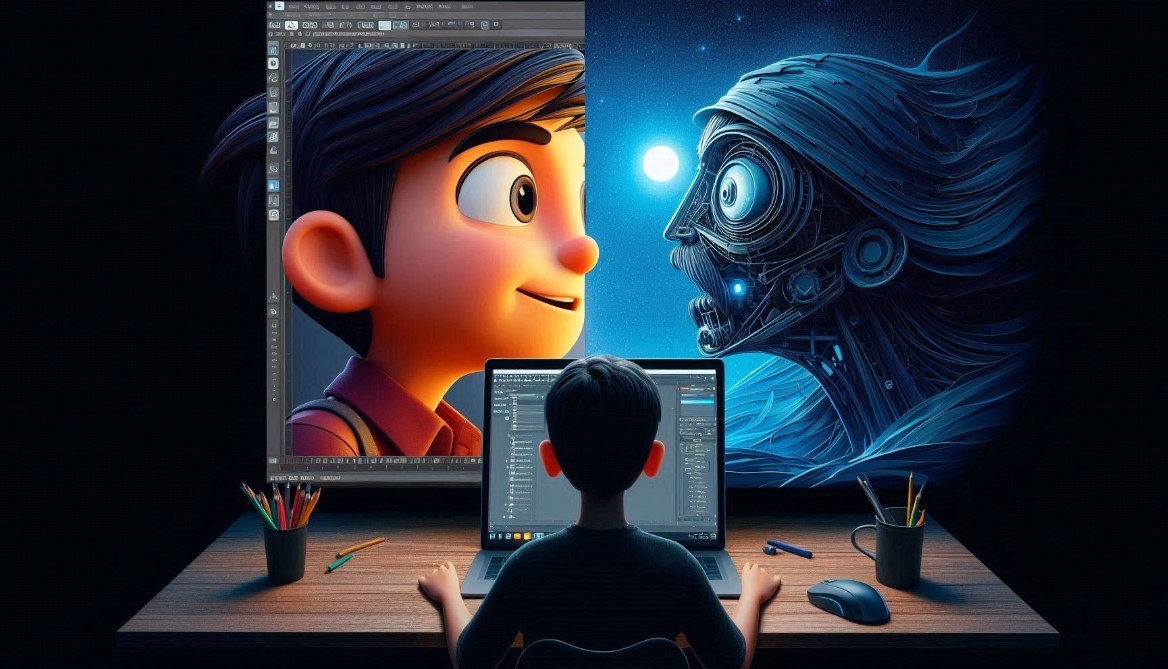
For most of the tasks at hand within animation, Blender does the job quite well. Nevertheless, Maya still is the greatest example of high-end, complex animations, especially in movies and AAA games. Blender stays good for smaller or independent productions where the ease of use and flexibility mean more than getting results of photorealism.
Compatibility
Both Maya and Blender can run on Windows, macOS, and Linux operating systems. Speaking of compatibility with files, Maya has some advantages, mainly if you work in a pipeline that already uses other Autodesk products like 3DS Max or AutoCAD. Maya supports more file formats, including but not limited to FBX, OBJ, and Alembic.
Blender also supports a wide range of file formats, such as FBX, OBJ, and STL, exporting models into many different formats. However, the open-source nature of Blender does raise some issues from time to time when collaborating on larger, industry-level projects. Maya is better integrated with other Autodesk products and supports a wider range of file formats.
Price
First of all, one of the biggest differences between Maya and Blender is the pricing policy. Blender is completely free and open-sourced, meaning that everyone can use it without spending even a single cent. The open-source and free policy of Blender is advantageous for indie developers, students, and hobbyists.

Maya, on the other hand, is anything but free. It’s a well-premium product with a subscription model – $ 1,875 yearly or $ 235 per month. While Autodesk does offer licenses for students, such a high price tag from Maya may stand in the way of smaller studios and indie creators. Major studios can justify the costs of Maya’s professional-grade tools and their widespread usage.
Customer Support
Maya has been around for several decades and has great official support. Documentation, tutorials, and customer service from Autodesk are extensive. In addition to the official resources, there is third-party content – from beginners to experts. That will make learning easier and problem-solving not as big a task.
Since the open-source policy would mean Blender depends on the community for support, this really means the quality of their support will vary. Still, there’s a huge library of tutorials, forums, and user-generated content. The Blender community is really active and helpful with its open-source nature that invites users to share their solutions and tips.
If you still have doubts, then please check the following Blender vs Maya comparison table that covers all major differences.
| Aspect | Maya |
Blender |
| User Interface | Highly customizable, and clean, but requires the tutorial to use. Designed for large-scale projects. | Minimalistic. Relies heavily on keyboard shortcuts. Becomes more user-friendly with updates. |
| Modelling | Industry-standard modeling tools. Fast and efficient for complex models. | Flexible and versatile. Requires add-ons for advanced modeling. |
| Rigging | Advanced rigging tools, including HumanIK, are ideal for complex characters. | Rigify offers quick rig generation but lacks the polish of Maya’s tools. |
| Demand | Dominates in professional animation studios for games, film, and VFX. | Rises in popularity, especially among indie developers and small studios. |
| Animation | The “gold standard” for animation, especially for the character and creature animations. | Excellent for most animation tasks, but lacks the depth and power of Maya for complex animations. |
| Compatibility | Supports a wide range of formats (FBX, OBJ, Alembic) and integrates with Autodesk tools. | Supports many formats (FBX, OBJ, STL), but there are issues in professional pipelines. |
| Price | $ 1,875/year or $ 235/month. Educational licenses are available. | Free and open-source. |
| Support | Official support from Autodesk, with lots of popular third-party resources. | Relies on community support, which can be great or not. |
Still have doubts? Then check other sources to get a fuller picture. For example, you may watch the video explaining the differences between Blender 3D and Maya on YouTube.
What is Harder to Learn from Scratch – Blender vs Maya?
From this point of view, when comparing Autodesk Maya vs Blender, you need to understand that both software packages are hard to learn.
Maya is feature-heavy since it’s designated as the industry standard for professional application. This depth makes learning a challenge for beginners, especially if they have no background in 3D software. The tools in Maya are powerful and really overwhelming for new users. Once you learn the basics, however, Maya has an intuitive interface. Due to more structured learning resources such as official Autodesk tutorials and courses, progression is easier. It is also quite expensive for a beginner, let alone if one is only learning for hobby purposes.
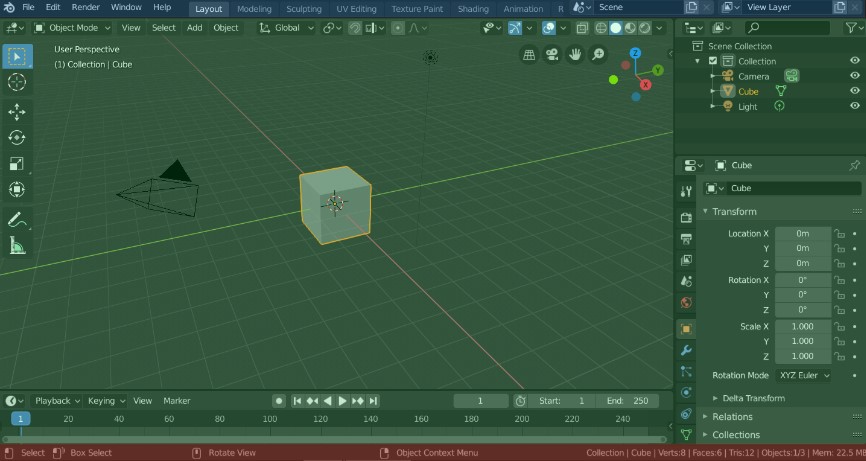
Blender is free and open-source, making it the most accessible for a complete newbie. On the other hand, Blender’s interface feels less intuitive at first. It relies very much on keyboard shortcuts, and the minimalistic design may puzzle you. In any case, Blender has a great online community with many totally free tutorials and guides. With time, updates smoothed out Blender and made it friendlier. Once you master the shortcuts, you will be able to go very fast.
What do you think? Which software is harder to learn? Join the Reddit discussion where users of both tools passionately discuss the differences when comparing Maya vs Blender in 2024.
Frequently Asked Questions
Maya vs Blender for beginners – which is better?
Arguably, Blender is better for a beginner since it’s free, open-sourced, and therefore has a very active, huge community with loads of tutorials. Though Blender’s interface seems overwhelming at first sight, an active community makes learning easier. Maya, though more powerful, has a bigger learning curve and is costlier, but much harder to learn.
Is Blender good enough to be used professionally?
Yes, Blender is good enough for professional use, particularly with smaller studios, independent projects, and freelancing. While it’s not at the level of Maya for large projects, it’s a powerful toolset, along with constant updates and real-time rendering. Blender can be very suitable for most professional tasks, especially 3D modeling, animation, and game development.
Why is Maya considered the industry standard for 3D animation?
Maya is considered the industry standard for animation, as it possesses advanced tools for character rigging, complex animations, and handling large-scale productions. Examples of features are the Graph Editor and integration of motion capture, allowing for precision control over animations. Major studios use Maya because it is a reliable software with extended toolsets for high-end animations.
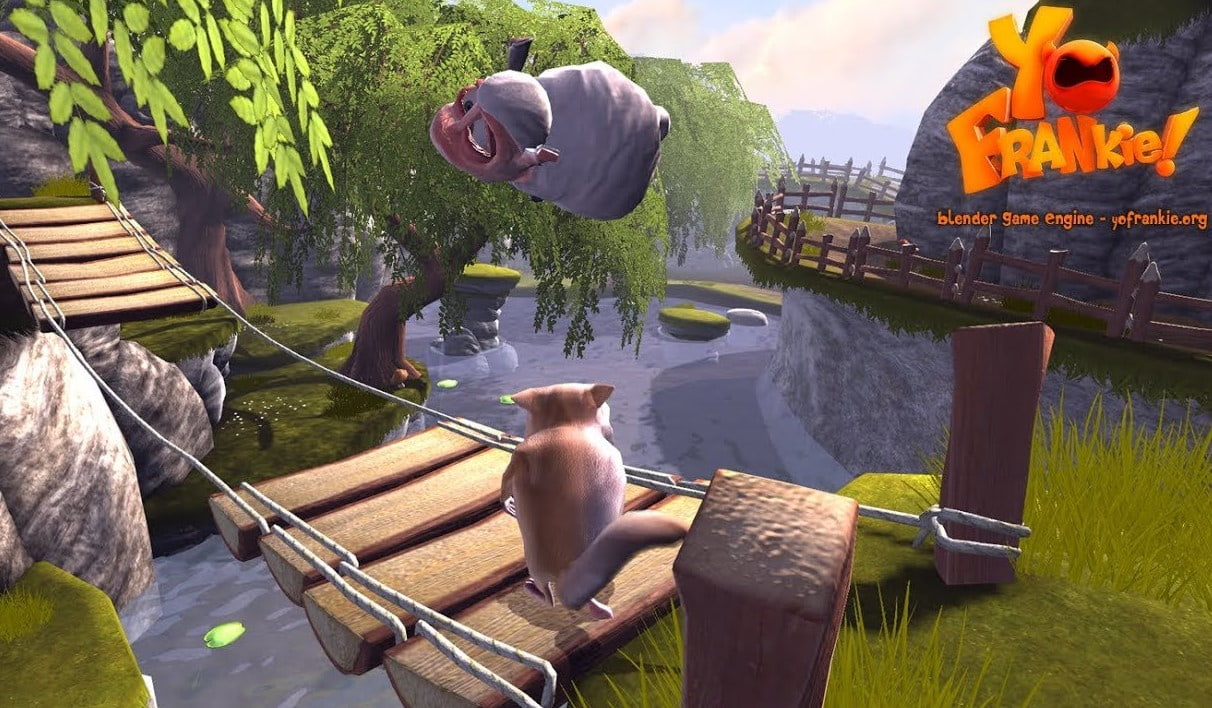
Can Blender be used for game development?
Yes, Blender can be used for game development. It offers 3D modeling, texturing, animation, and even real-time rendering. Many indie developers make use of Blender to create assets and characters. While it is not as integrated into large gaming pipelines as Maya, it can be a powerful tool for smaller projects and personal game development.
Conclusion
Did you like our guide about the differences between Maya vs Blender for animation software? What software would you choose to create 3D animation? Do share your thoughts and contact our professional team if you intend to work on interesting animation projects. We consult free and want to collaborate with talented creators to develop really interesting video games together.

